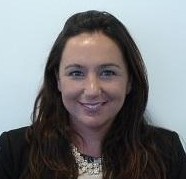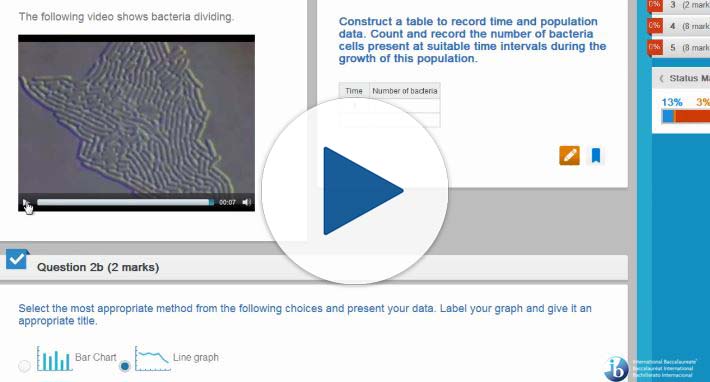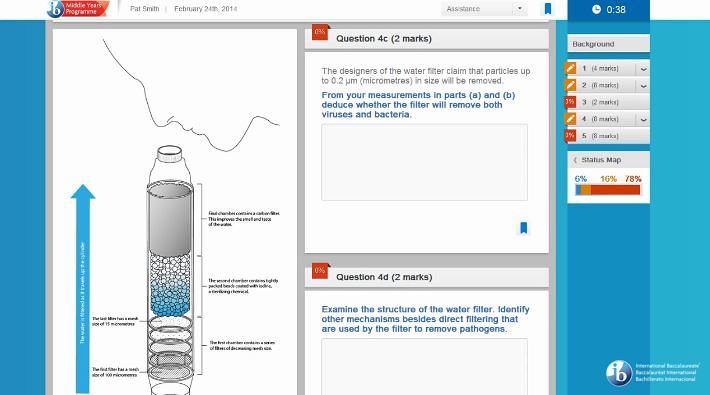By Rita Bateson
 In my role as MYP Curriculum Manager for Science and Mathematics, I’ve received some common queries in
In my role as MYP Curriculum Manager for Science and Mathematics, I’ve received some common queries in
relation to eAssessment in the Middle Years Programme. I thought it would be useful to share some of my responses more widely with you here on the IB blog.
How can eAssessment positively impact teaching and learning in sciences and mathematics?
The on-screen examinations model will facilitate the assessment of inquiry-based learning in a media-rich and exciting format. The examinations allow students to demonstrate their inquiry-based learning experience by applying their knowledge and skills to diverse and interactive questions, tasks and actions in unfamiliar, yet accessible situations.
The exams replicate authentic scientific skills—hypothesising, testing, processing and evaluating data—in a digital environment. These are precisely the kinds of skills that they need to be scientists working in the digital age. Animations and simulations are frequently used in classrooms as teaching tools, formative assessment models and to increase engagement in a constructivist way; using similar tools in on-screen examinations demonstrates how these technologies can be used effectively in summative assessment.
Another positive impact of on-screen assessment is the use of command terms in the longer response questions. For the candidate, these command terms indicate the level of complexity of the questions as well as the cognitive demand required. The command terms also allow the candidates to perform at a variety of levels of achievement within the questions themselves. The emphasis on command terms during assessment should reinforce their use in the classroom and better prepare students who will progress to IB Diploma Programme studies.
How are the on-screen examinations relevant to my students?
The May 2015 eAssessment pilot and specimen exams were carefully designed to strengthen the real-life connection between what the students are learning in the classroom and what is happening in the world around them through the addition of a global context. The best preparation for MYP on-screen examinations is engagement in classroom learning, not repetitive revision that “steals” lessons or class time. Even familiarization with the MYP eAssessment interface provides important opportunities for increasing students’ technology literacy.
How could the on-screen exams help me to change or improve my classroom teaching?
The on-screen exams are an excellent opportunity for teachers to reflect on the language, notation and terminology used in their MYP teaching and learning. It would be beneficial for candidates to conduct investigations that are student-led, designed, analysed and evaluated. In mathematics, the on-screen tools encourage students to move their “working out” to a digital format and provides a model for how best to capture that working for their teachers.
There is an expectation that MYP year 5 students will be conversant in standard form/scientific notation in sciences and mathematics. For example, they will be familiar with correct subscripts and superscripts in chemical notations and appropriate power and exponents. While demonstrating their skills using the eAssessment format, students will also be working towards good practice in scientific and mathematical communication, in line with standards in both the IB Diploma Programme and in international industry. A full list of the expected and accepted symbols for sciences and mathematics can be found in the MYP Guide to eAssessment (2015-16) on the OCC.
Rita Bateson is the IB’s MYP Curriculum Manager for Science and Mathematics, plus a DP examiner, teacher and fellow of the RSA.


